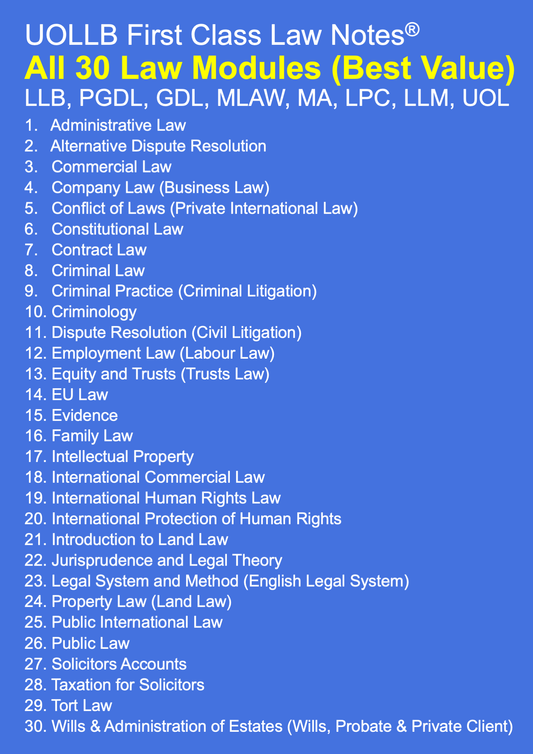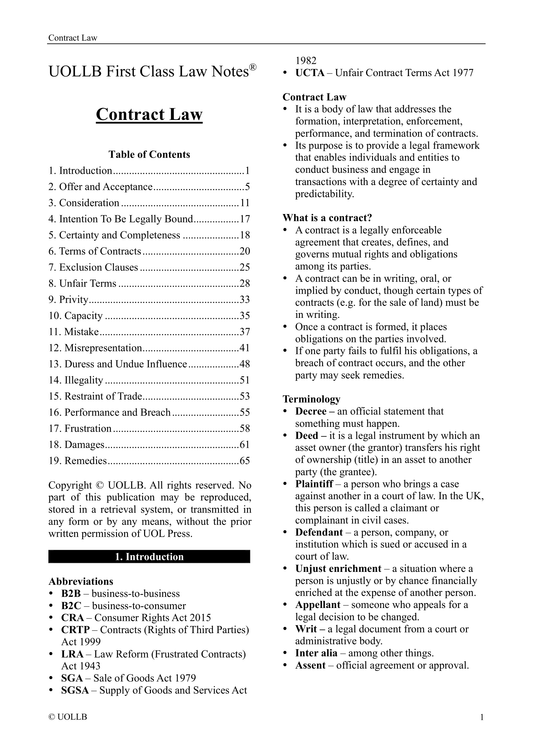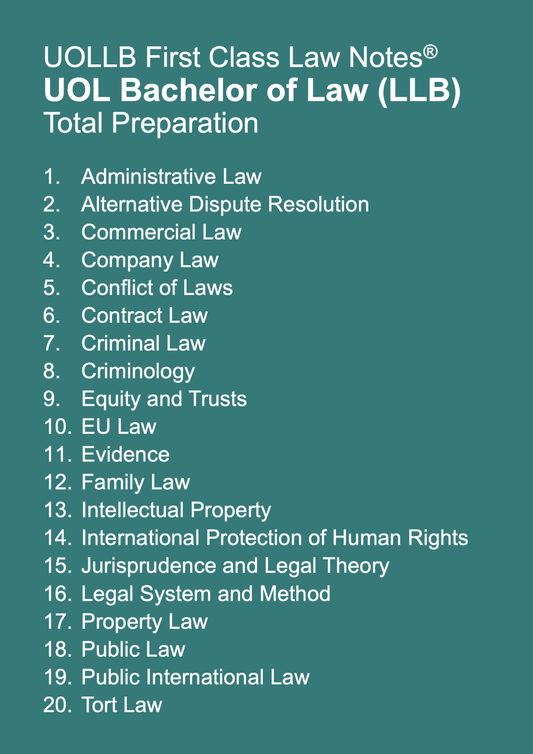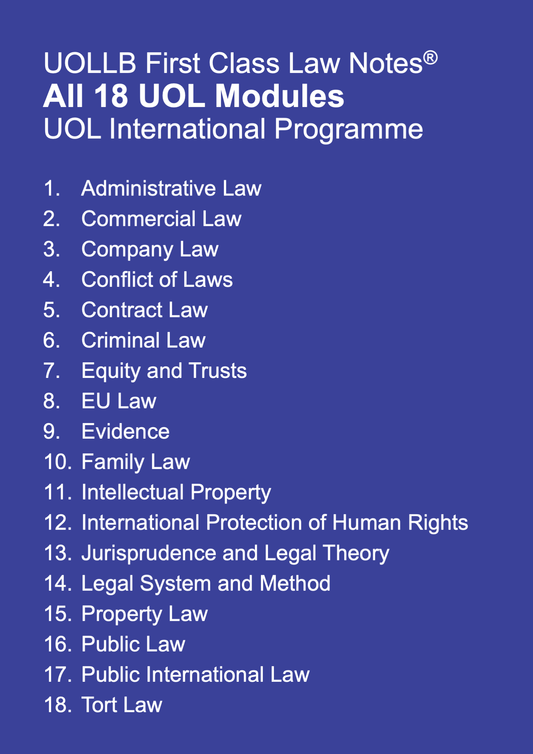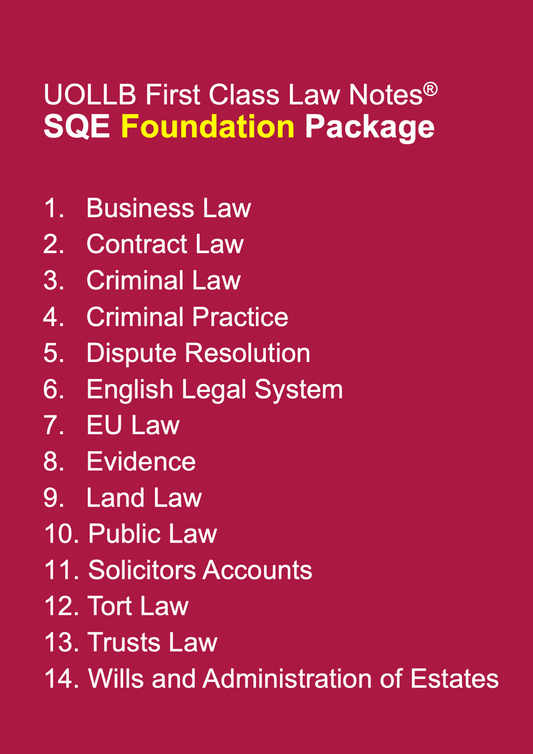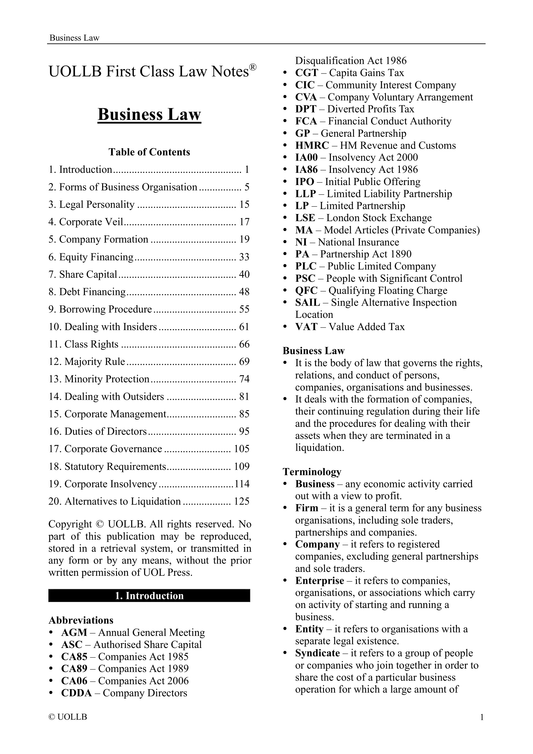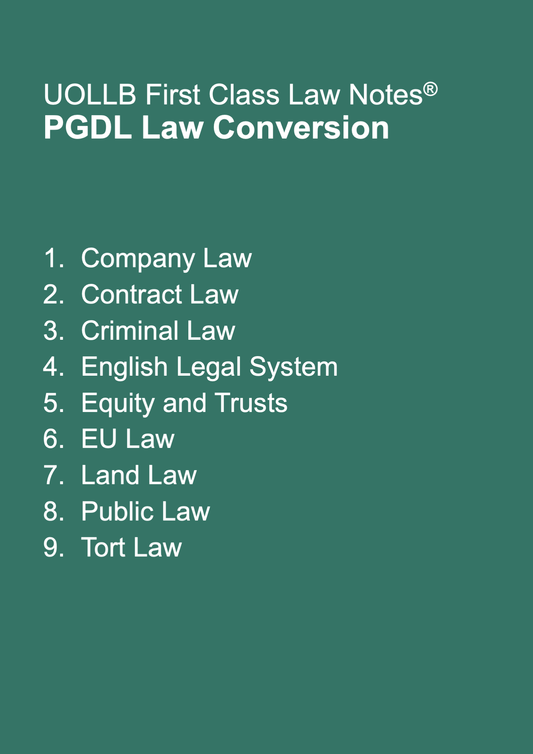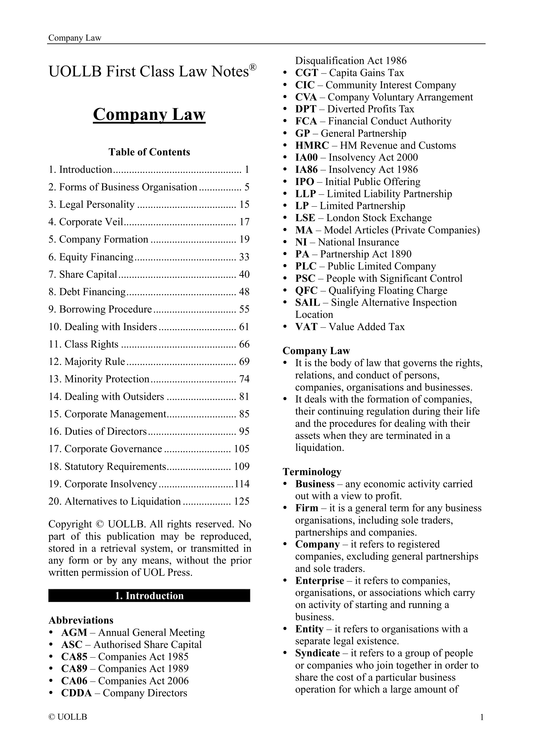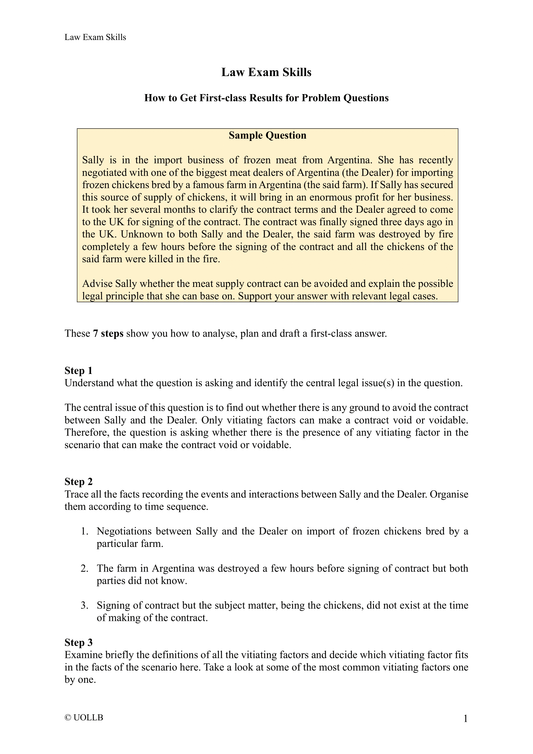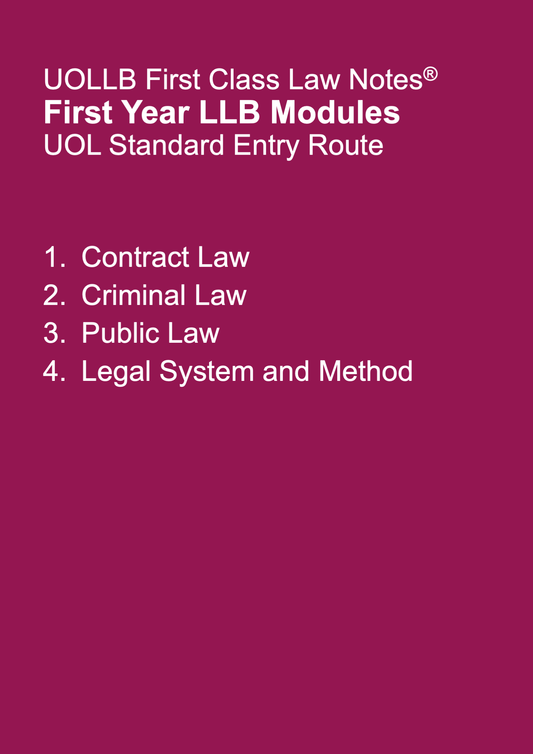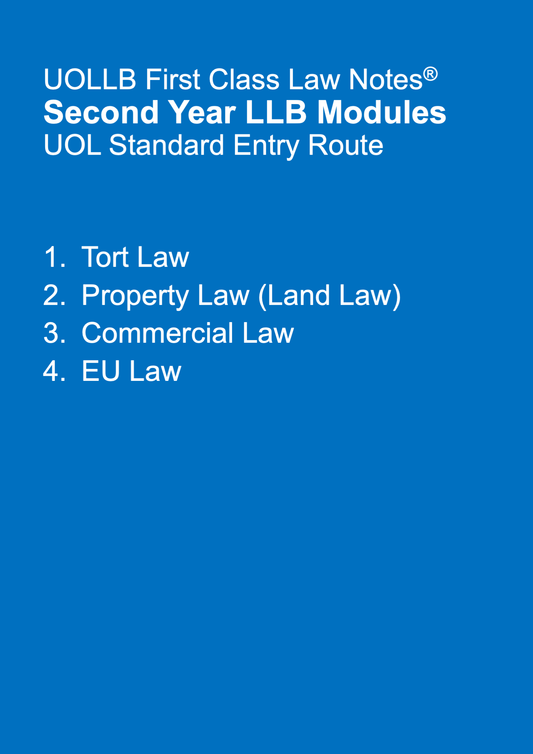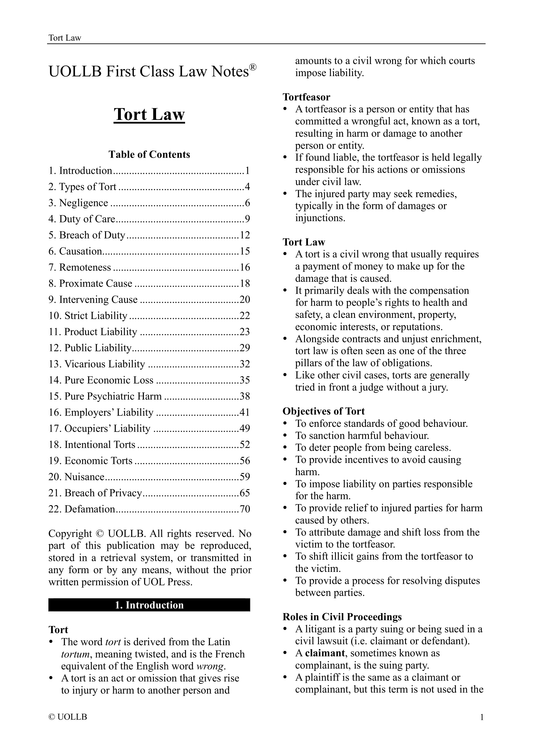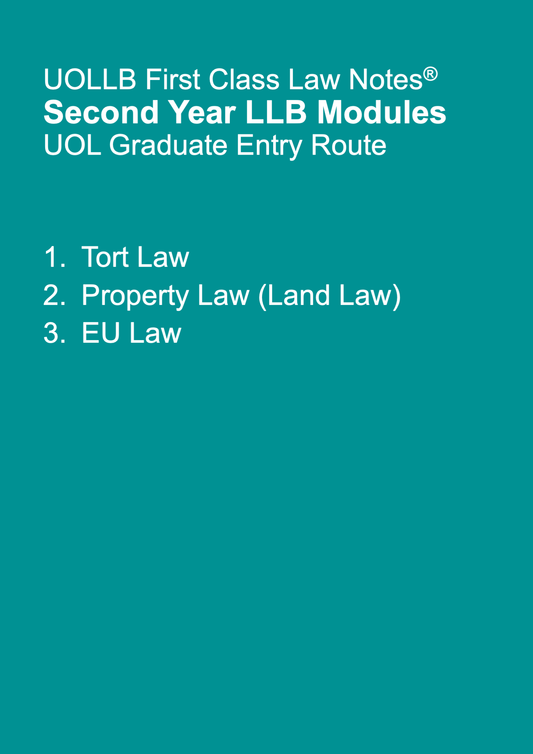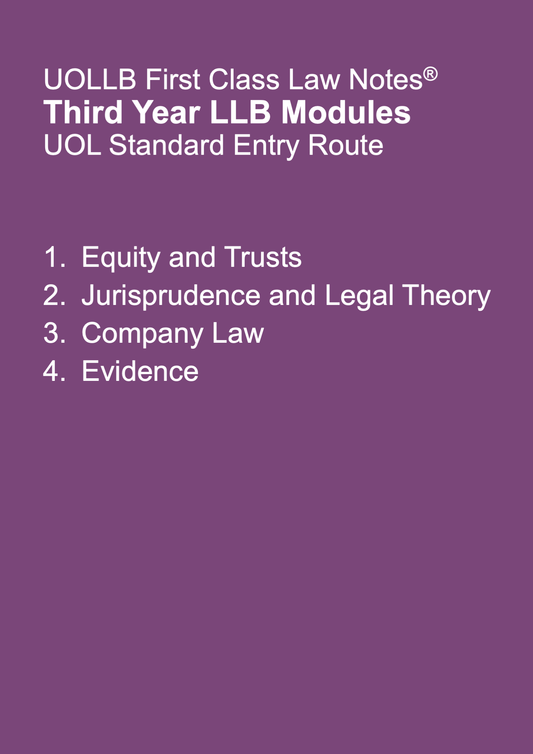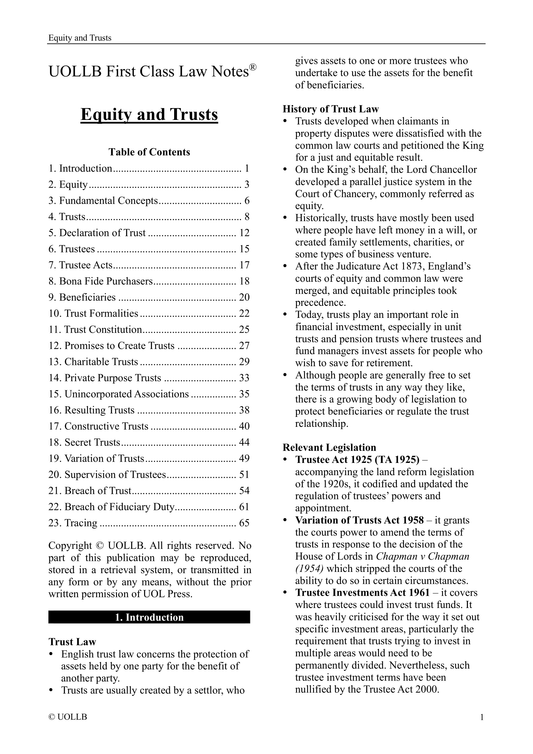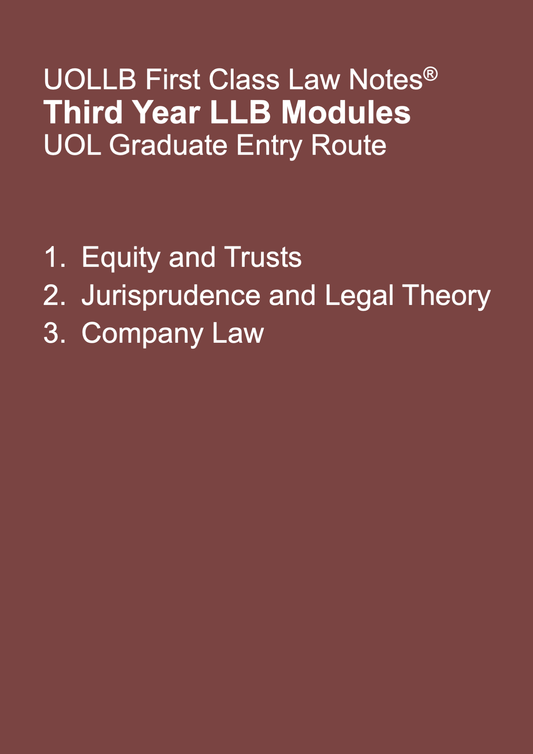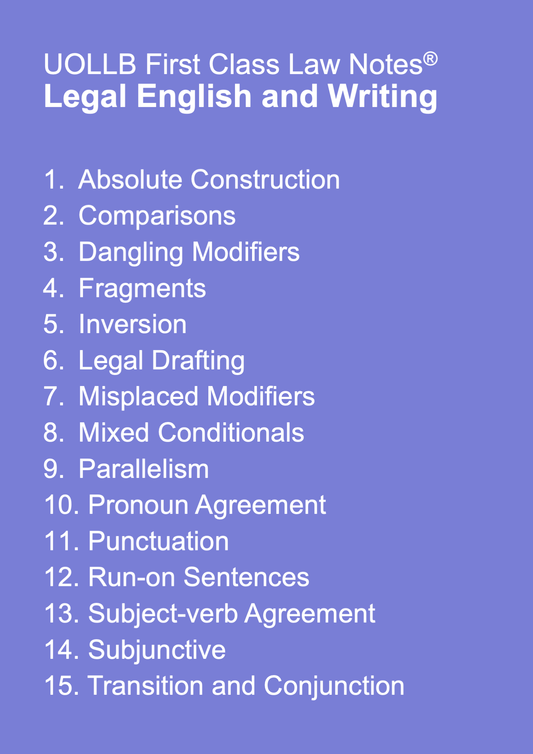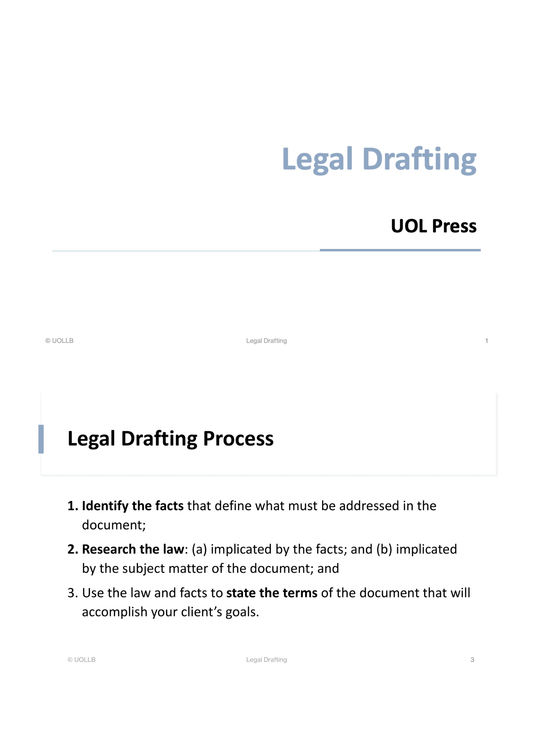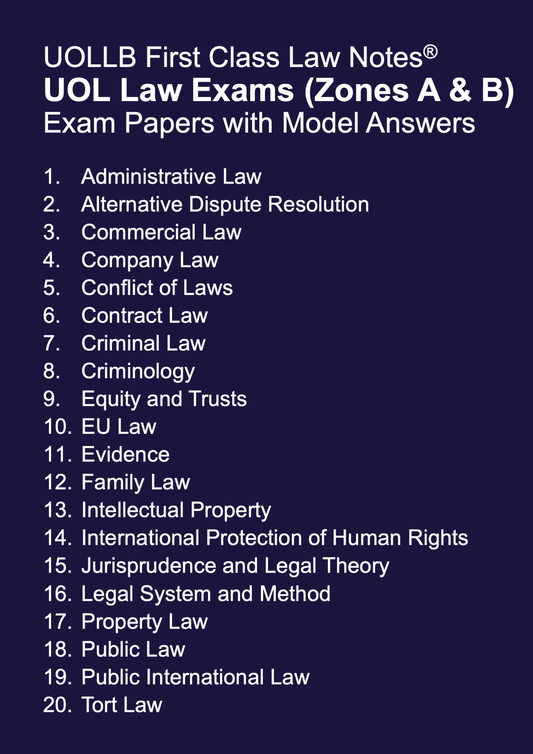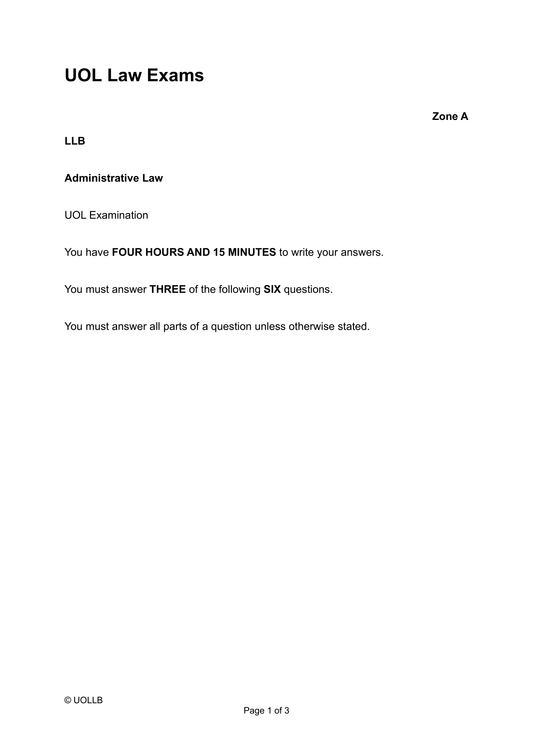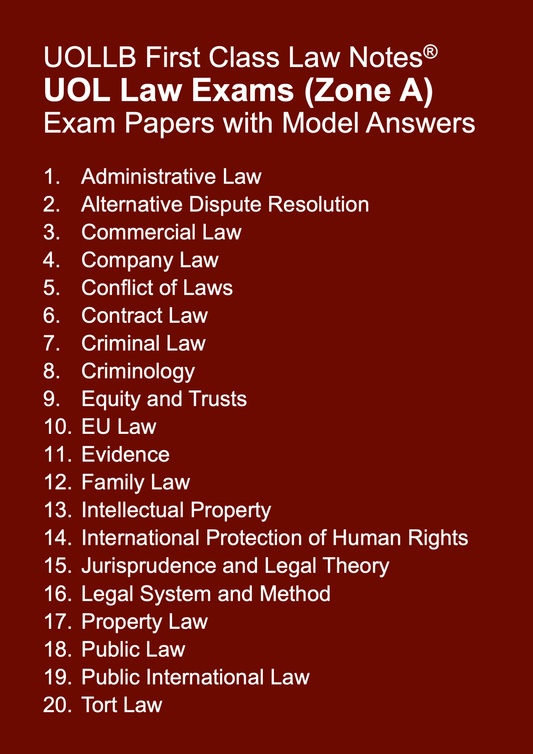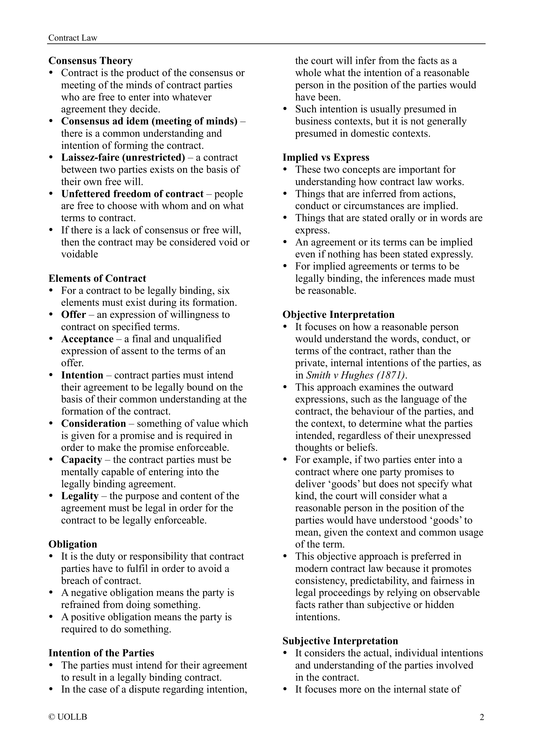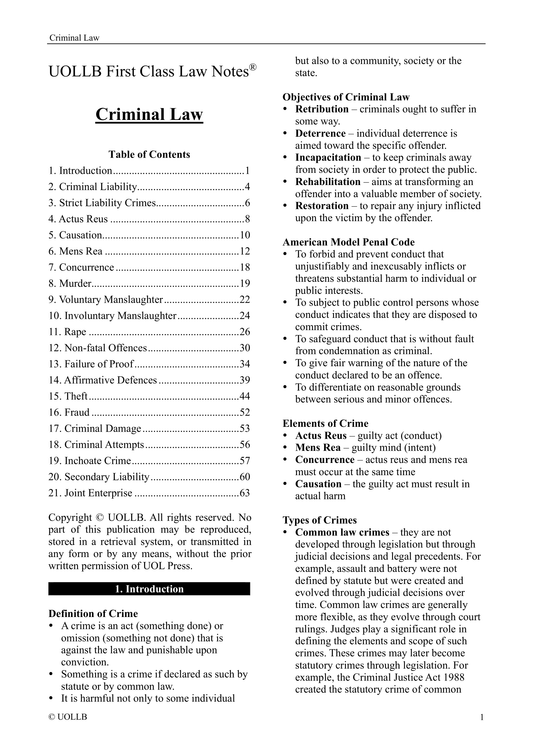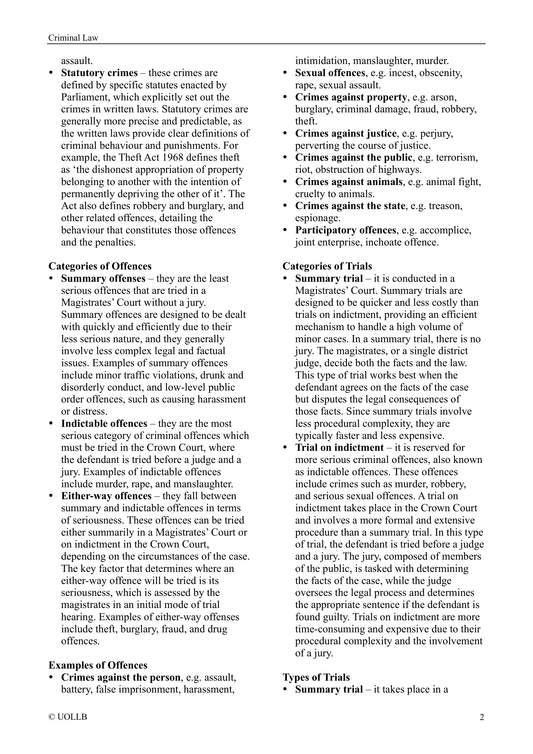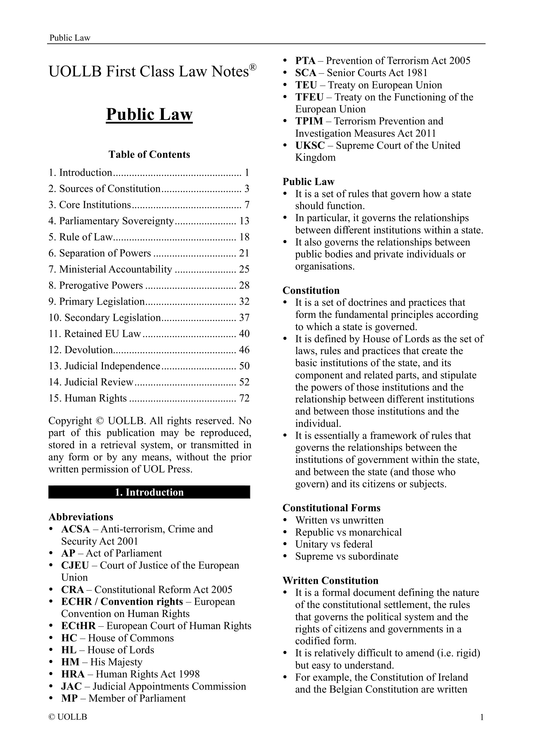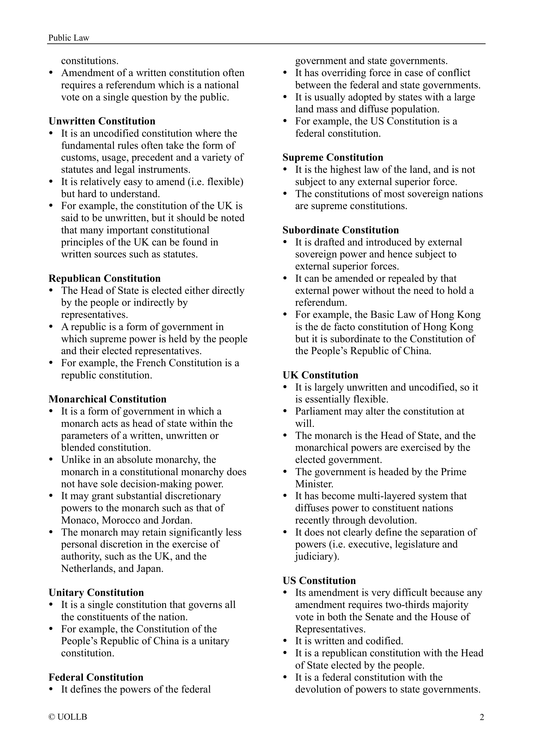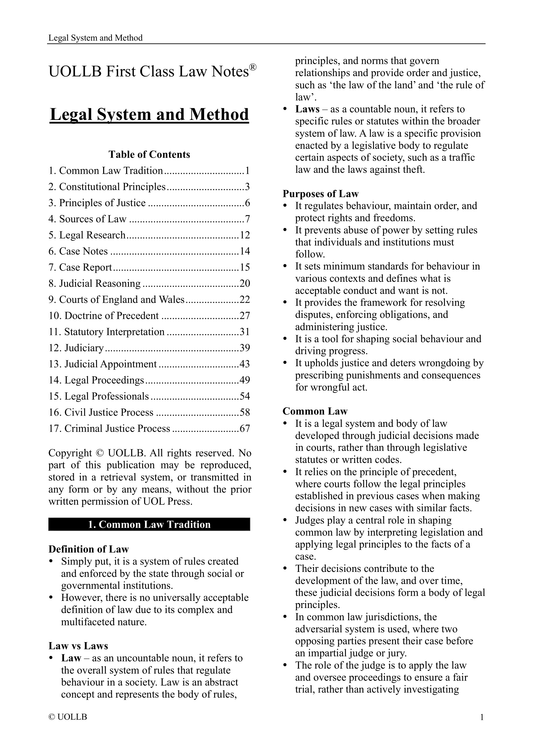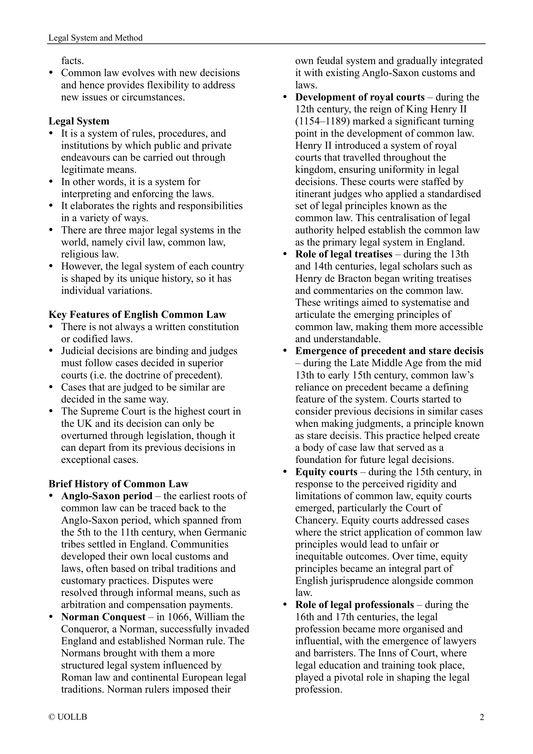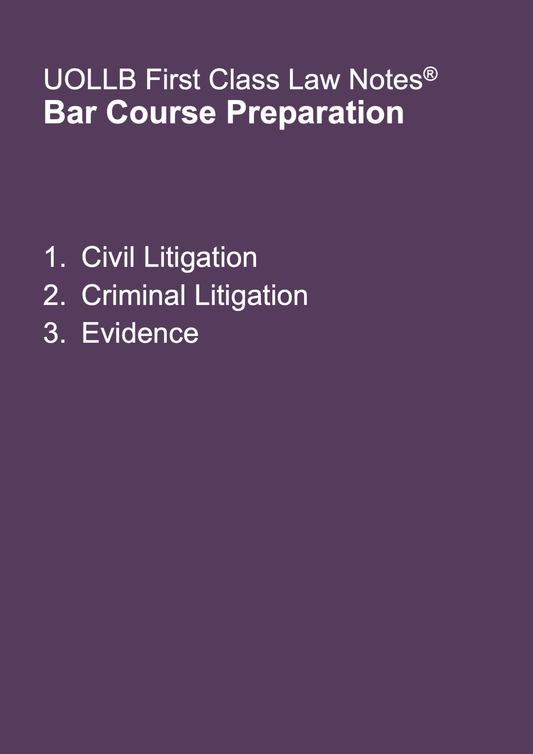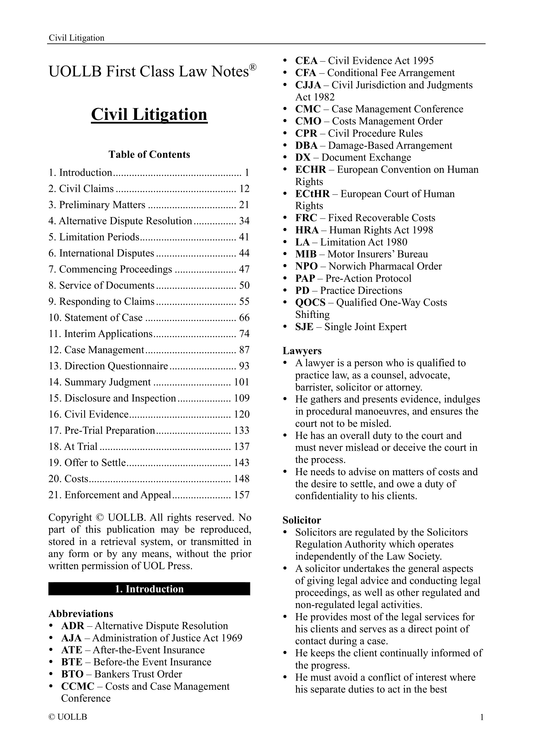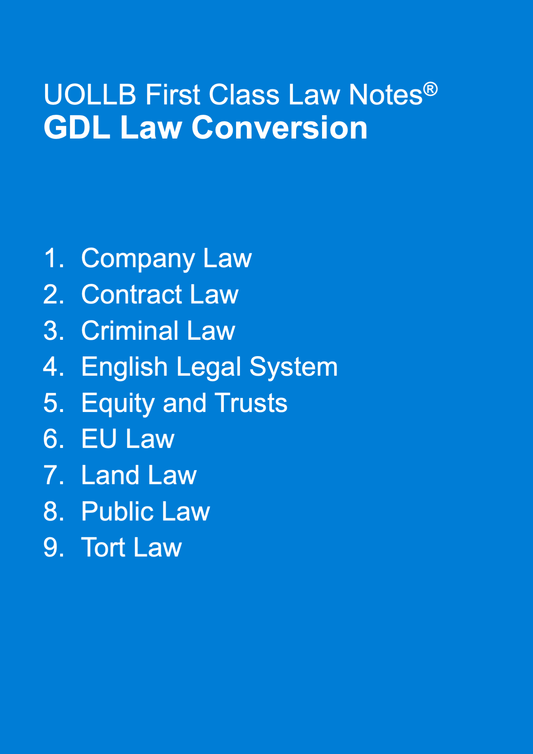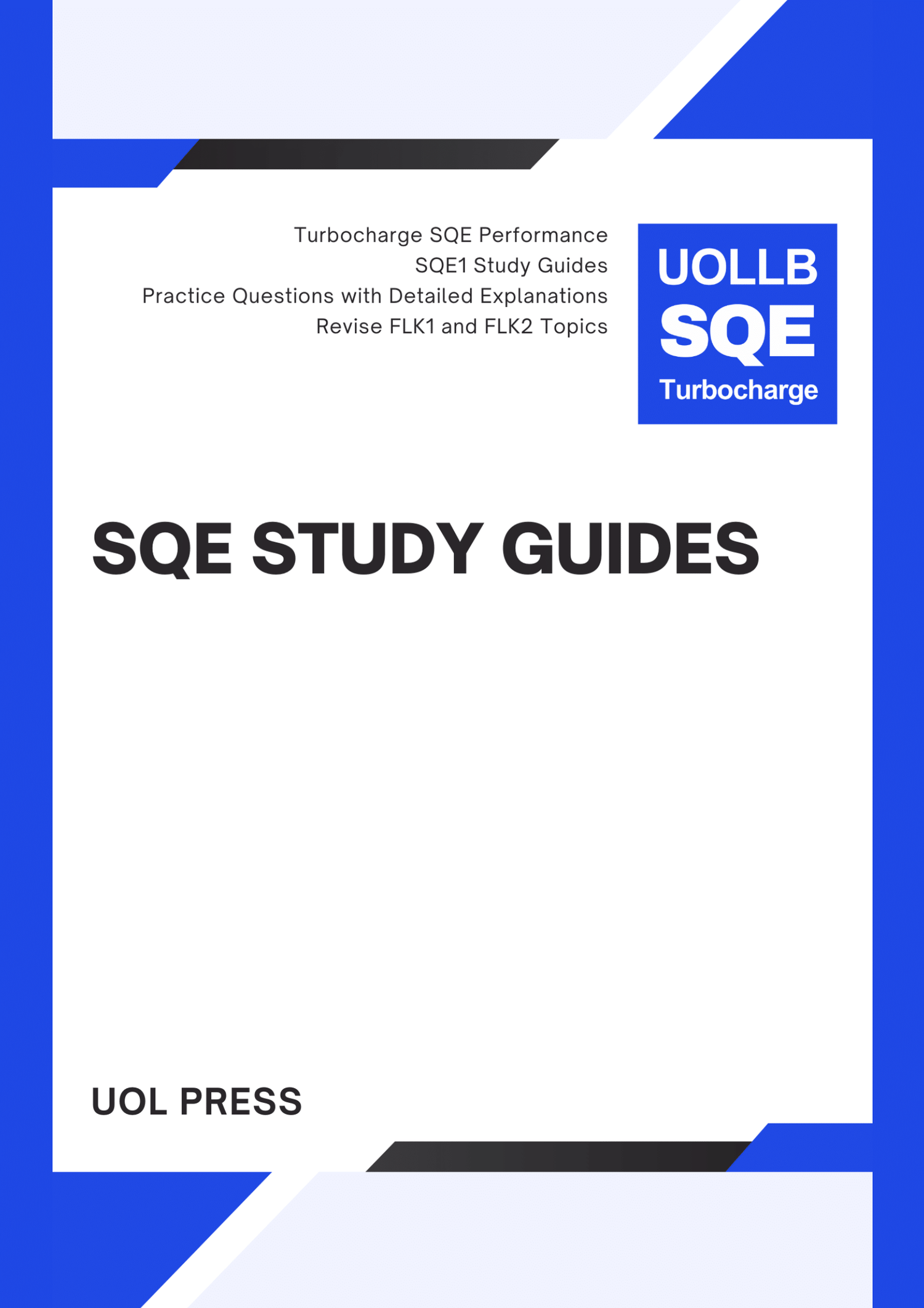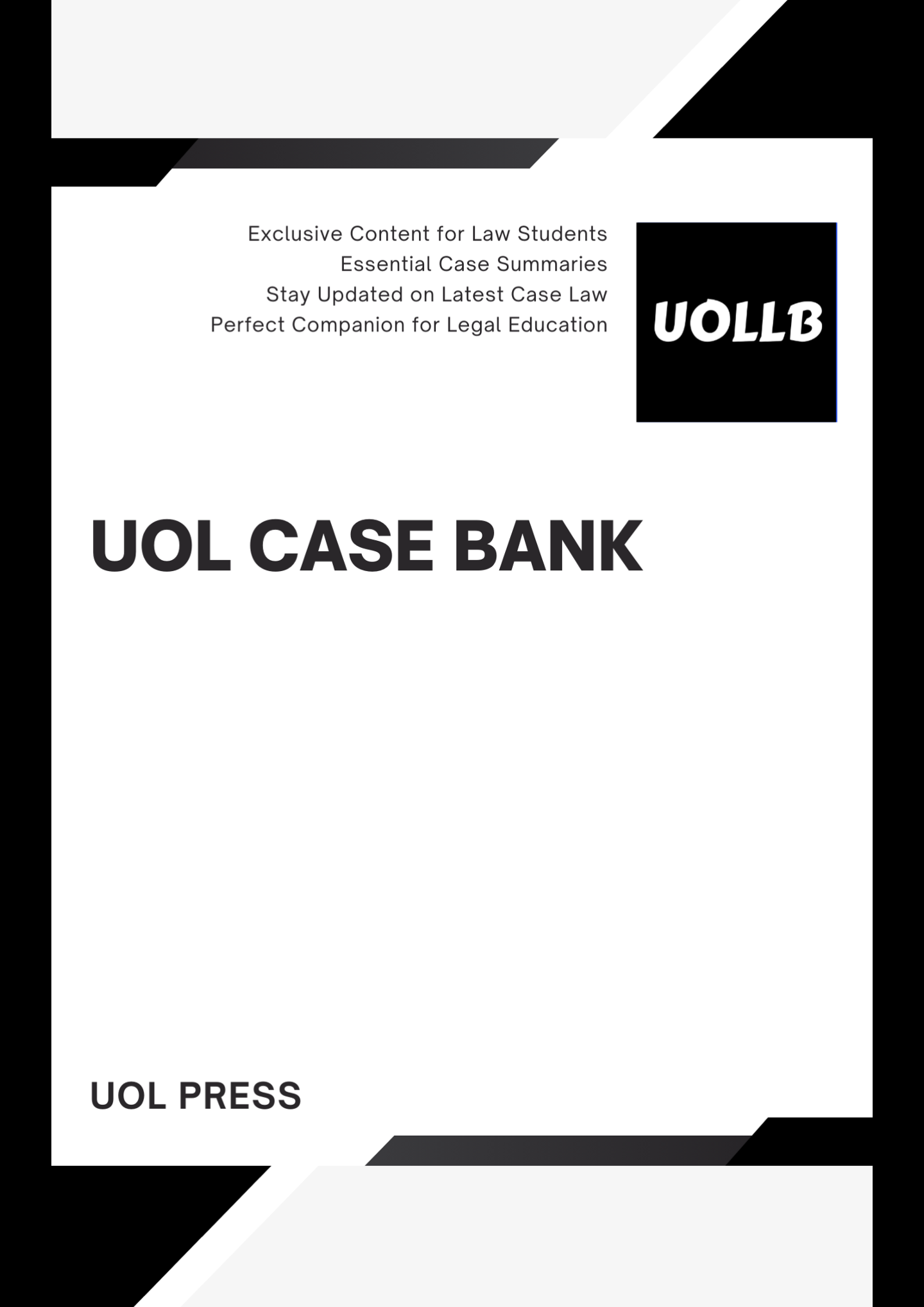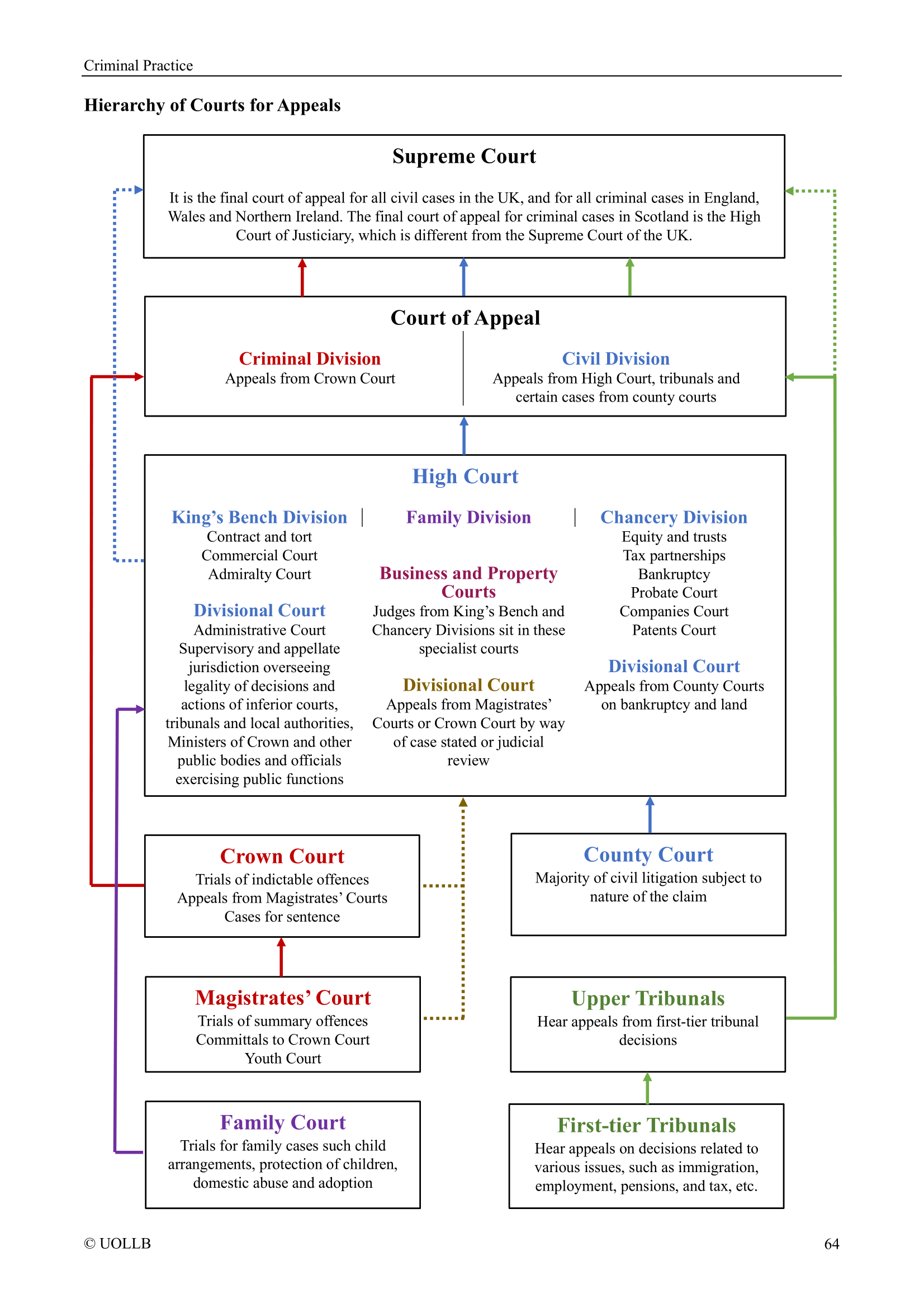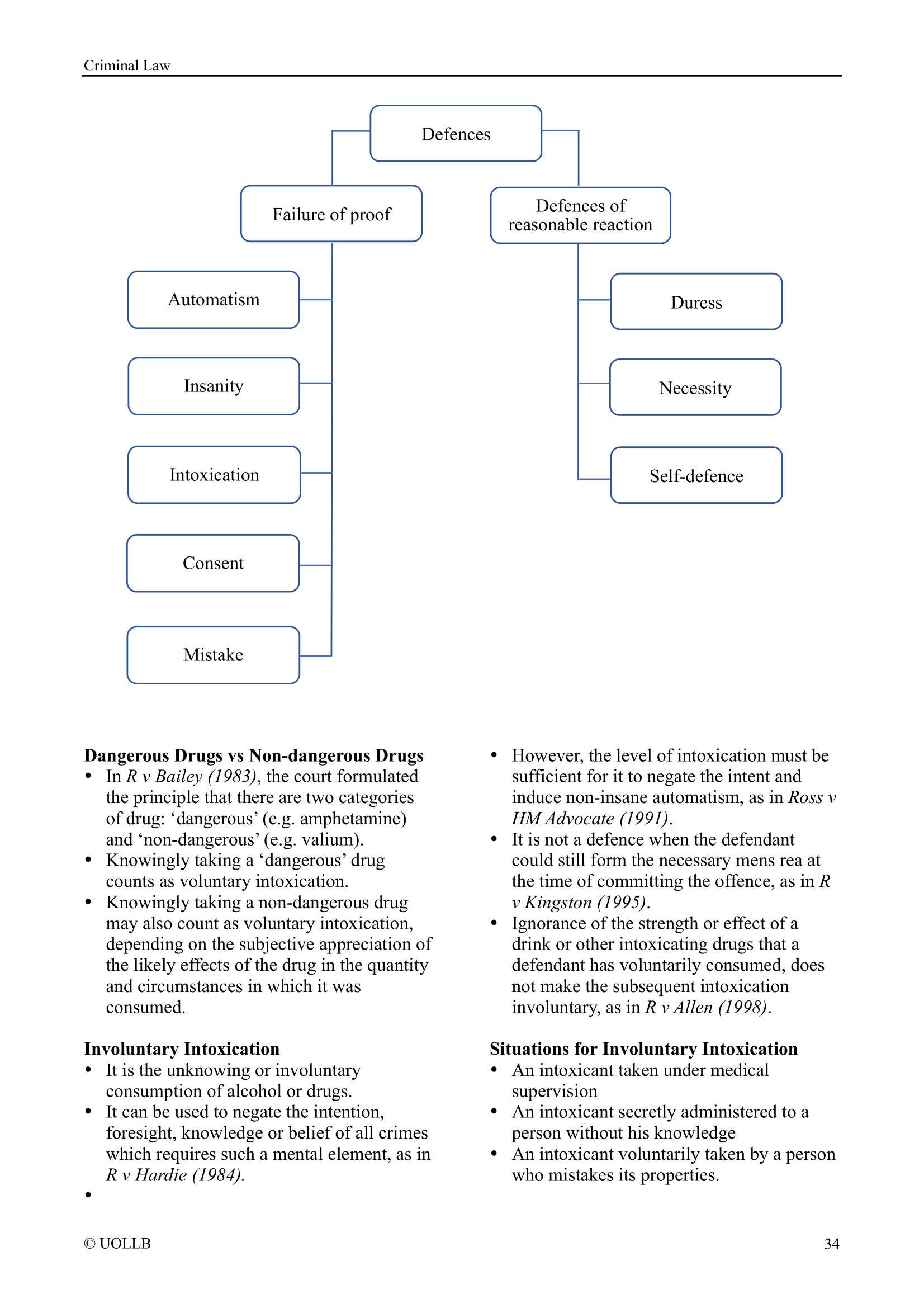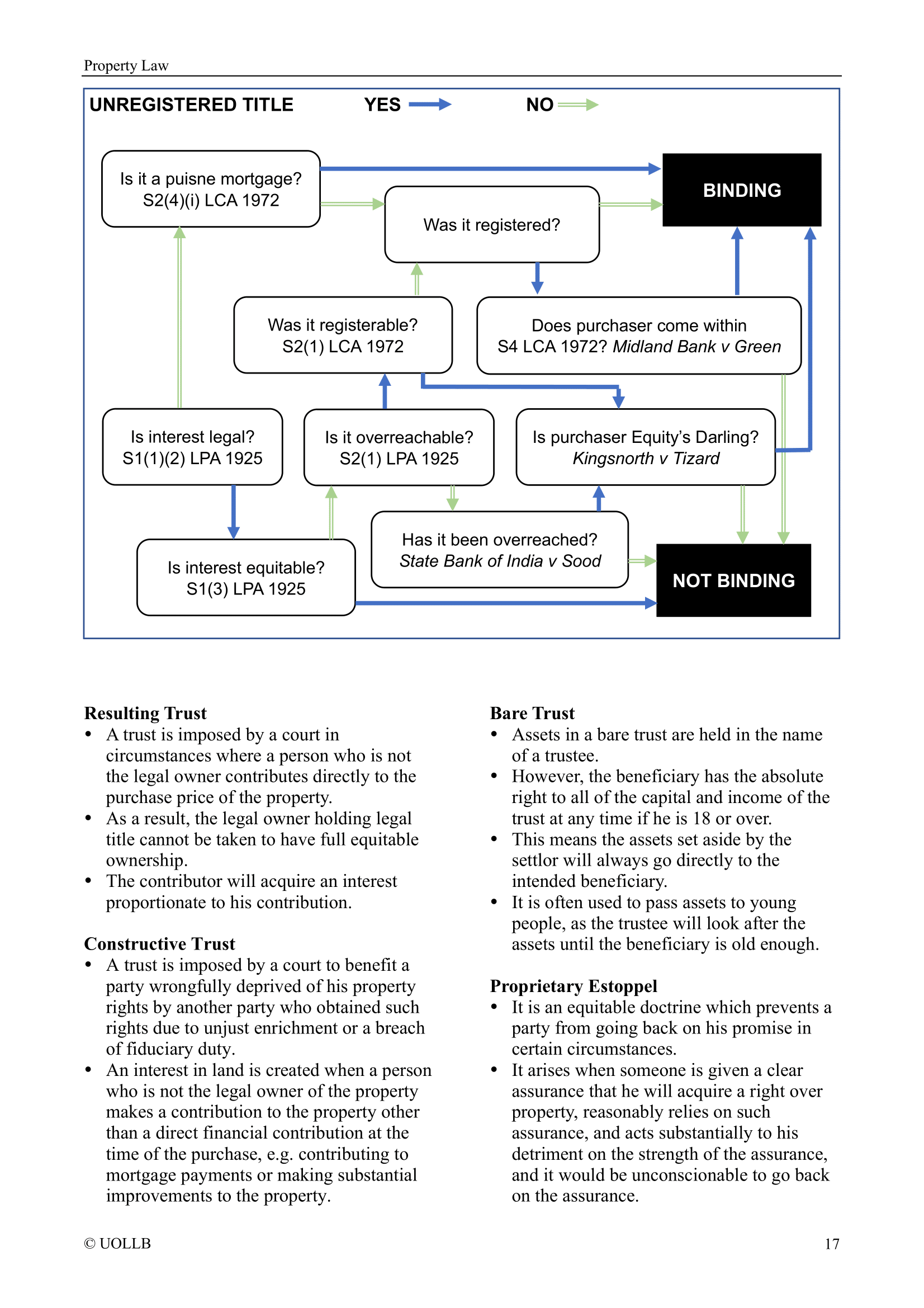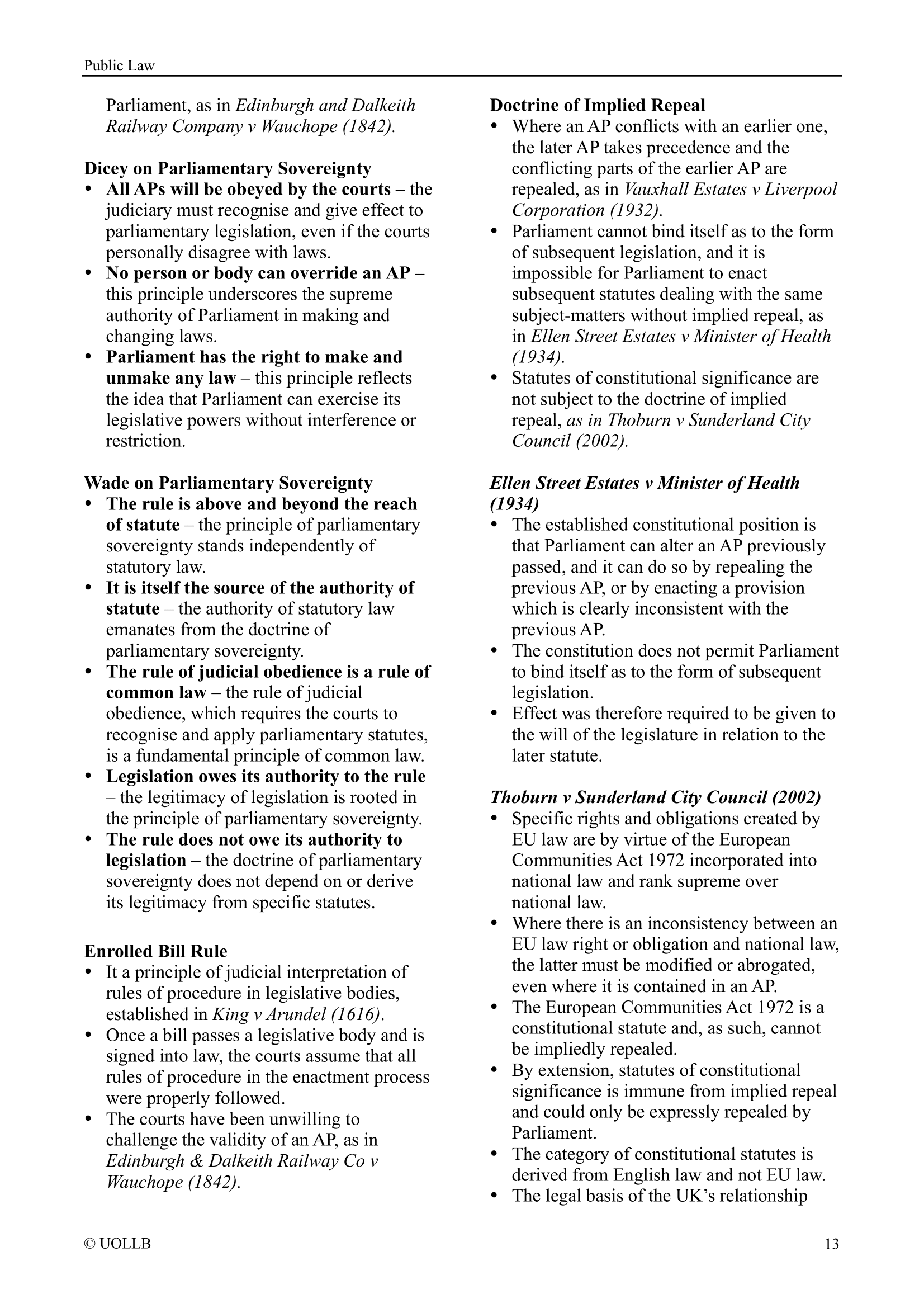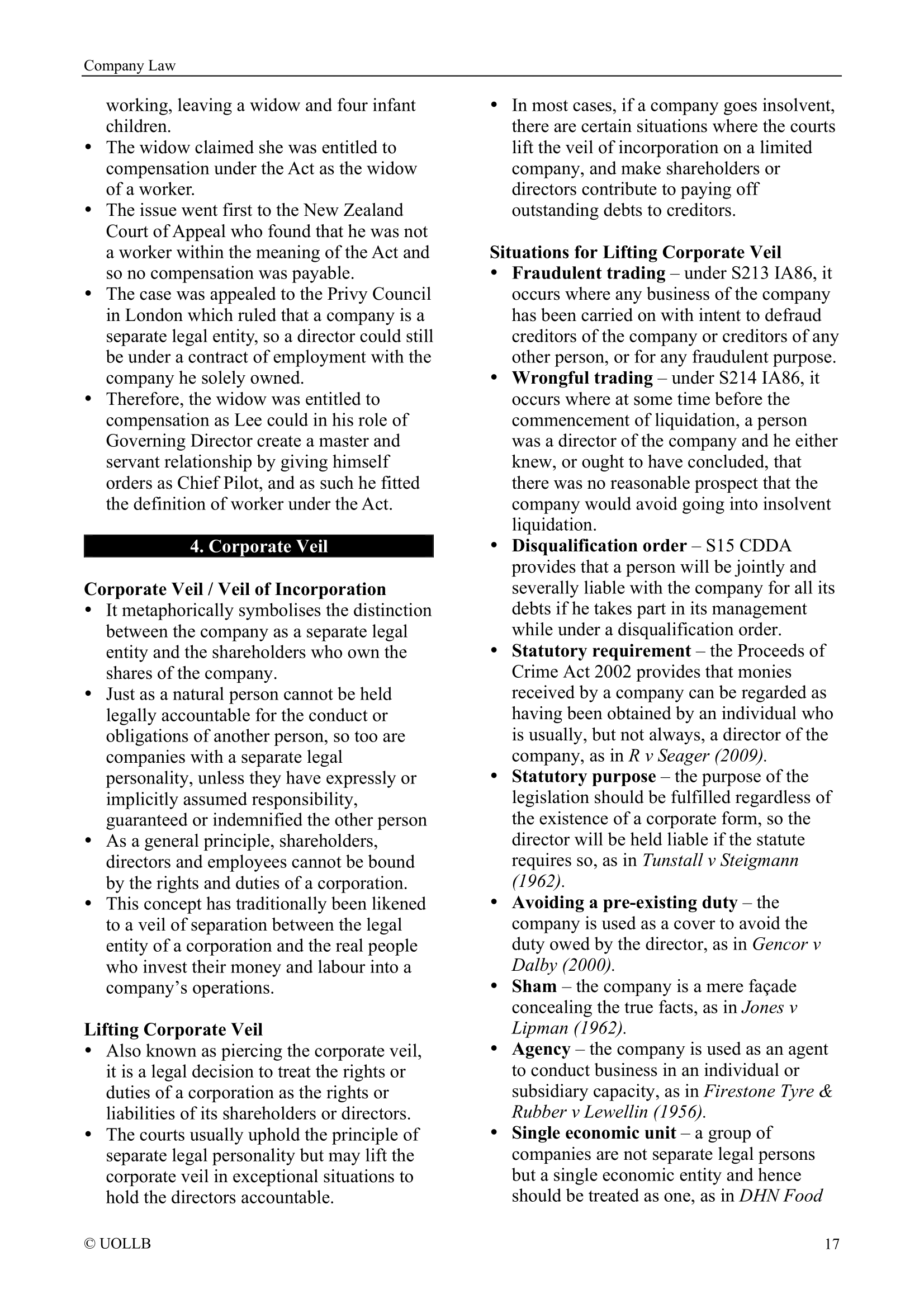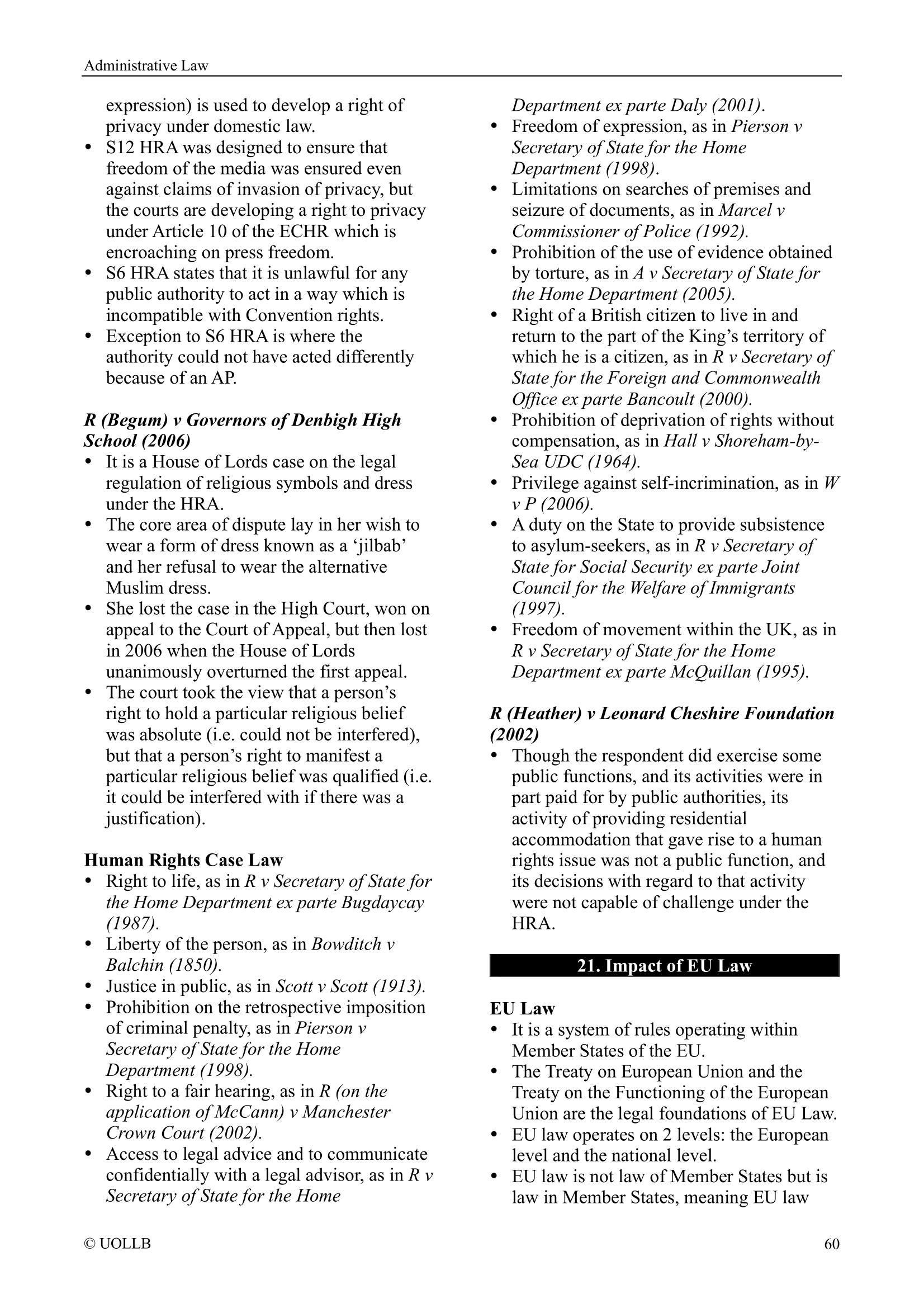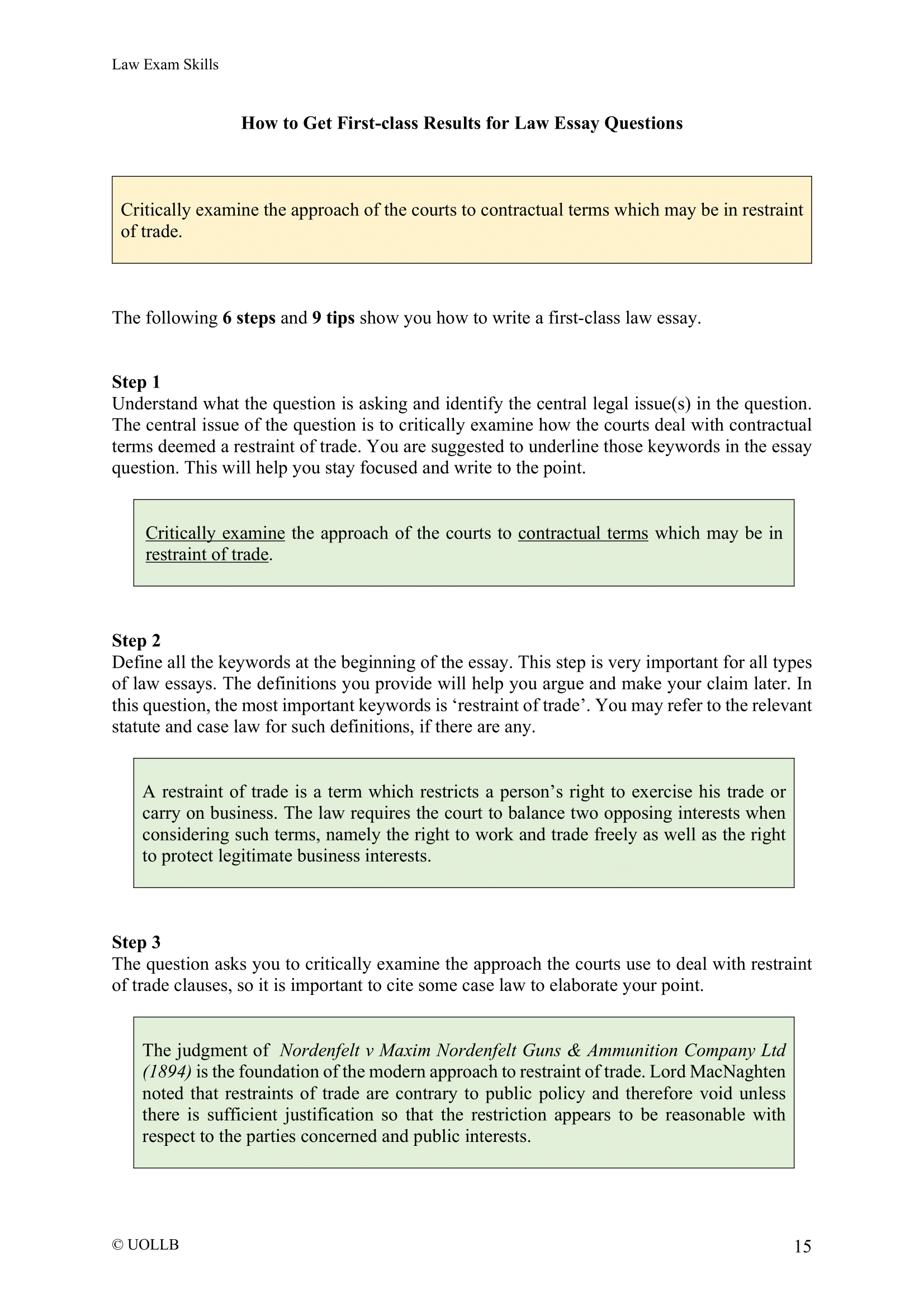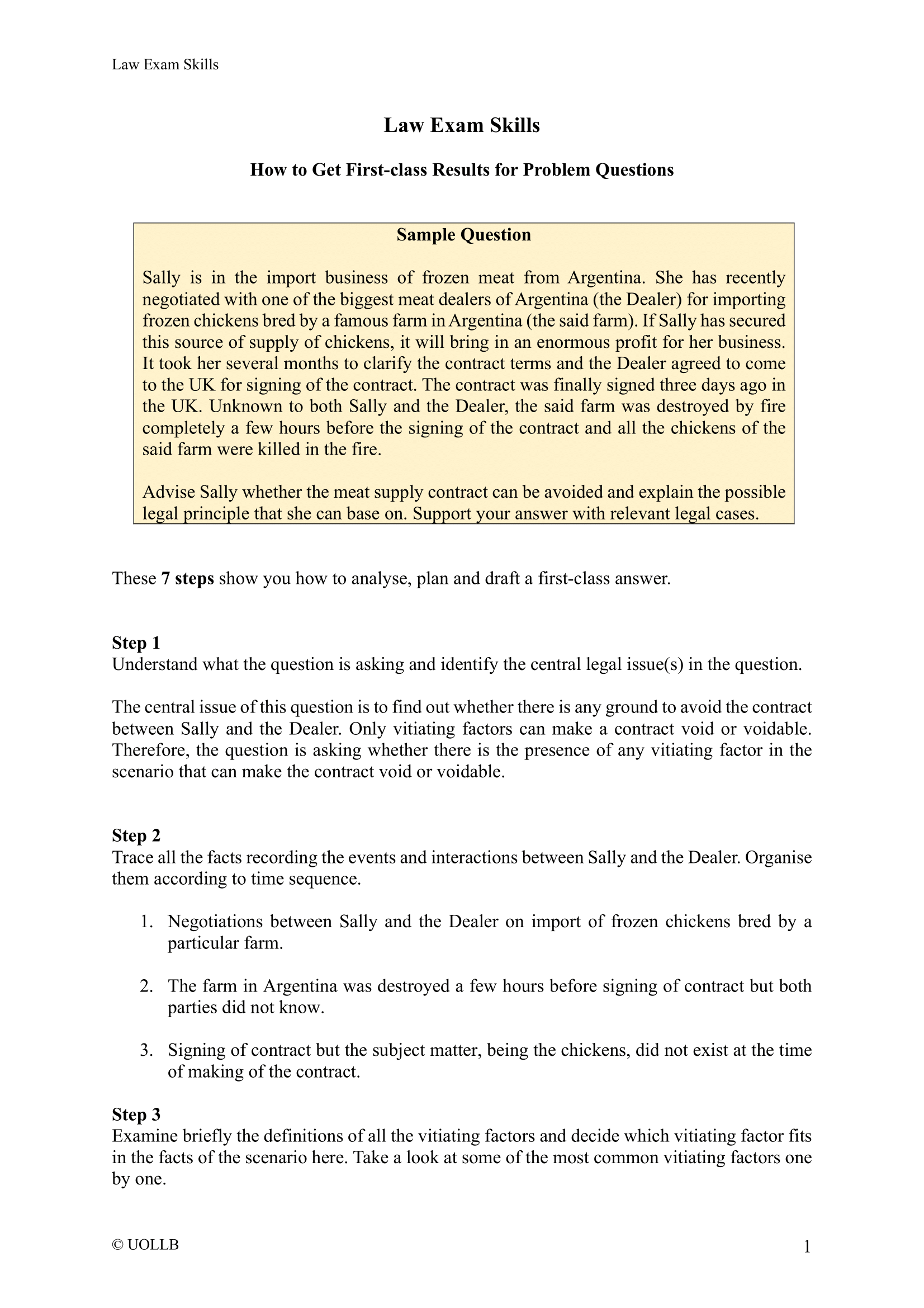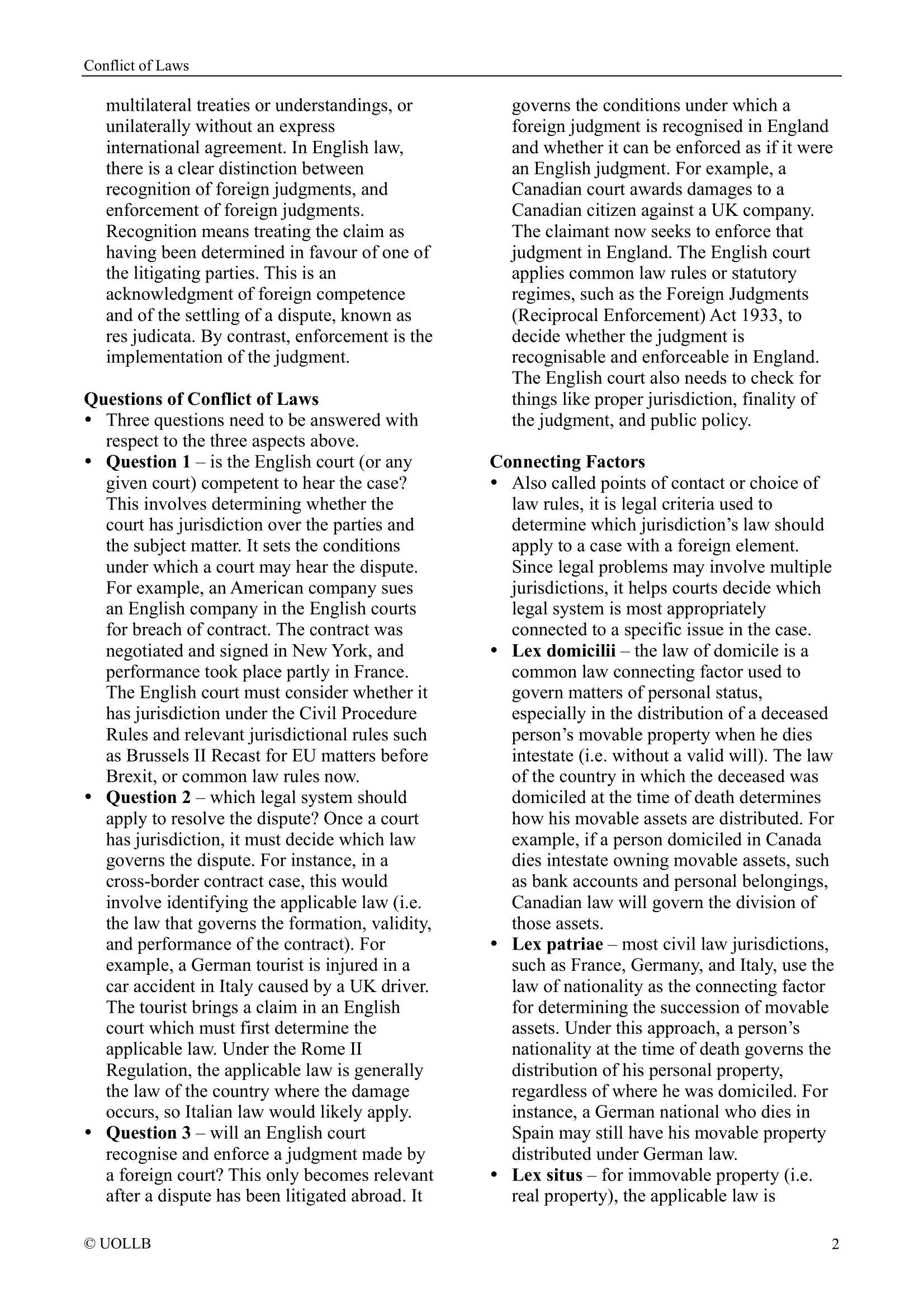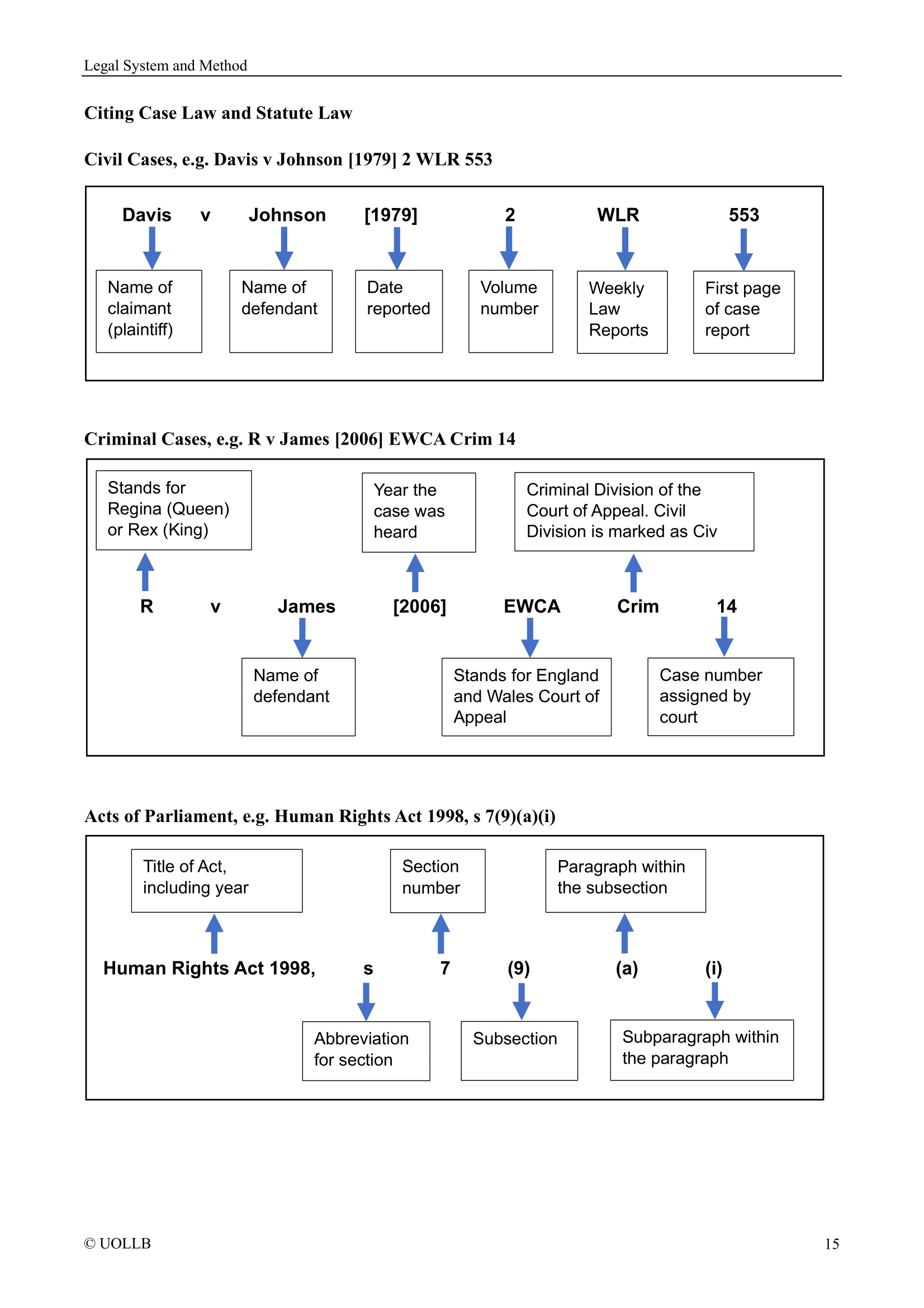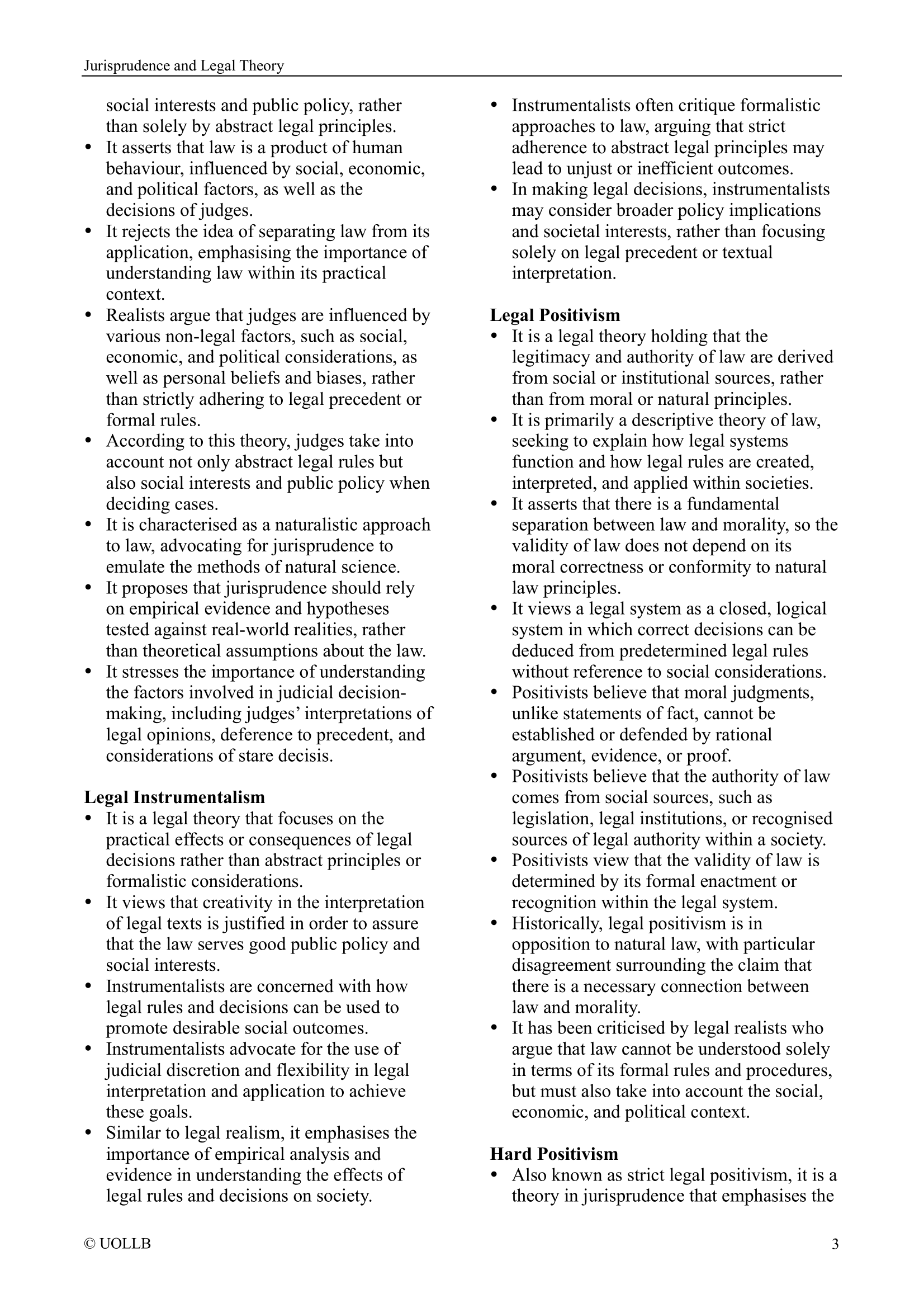R v Dawson [1985]
Share
R v Dawson [1985] 81 Cr App R 150 deals with constructive manslaughter, focusing on the necessity for physical harm to be foreseeable to a sober and reasonable person with the same knowledge as the defendant. The case involves a robbery where the victim suffered a fatal heart attack due to shock, unbeknownst to the defendants.
The defendants robbed a petrol station, brandishing a replica gun and threatening a 60-year-old man, the victim. Subsequently, the victim experienced a fatal heart attack from the shock induced by the incident. Importantly, the defendants were unaware of the victim's pre-existing heart condition. The defendants were convicted of constructive manslaughter.
The primary issue was whether, in constructive manslaughter, the physical harm resulting from the unlawful act must be foreseeable to a sober and reasonable person with the same knowledge as the defendant. The court scrutinised the judge's directions to the jury, particularly the standard for foreseeability and whether it appropriately considered the knowledge possessed by the defendants.
The Court of Appeal allowed the appeal, quashing the conviction. Watkins LJ emphasised that the test for determining whether an unlawful act is likely to cause harm should be based on the knowledge gained by a sober and reasonable person as if they were present at the scene, witnessing the unlawful act. This standard requires the person to possess the same knowledge as the defendant, and no more.
Watkins LJ clarified that the reasonable person, sharing the defendant's knowledge, would not have foreseen V's weak heart and the subsequent heart attack. Therefore, the judge erred in directing the jury to consider the foreseeability of harm without accounting for the specific knowledge held by the defendants.
The case highlights the nuanced nature of the foreseeability standard in constructive manslaughter. While the test is predominantly objective, it introduces a subjective element concerning the defendant's knowledge. This decision underscores the importance of aligning the foreseeability assessment with the actual knowledge possessed by the defendant at the time of the unlawful act. It establishes a more tailored and context-specific approach to evaluating foreseeability in constructive manslaughter cases, ensuring a fair and accurate determination of criminal liability.
